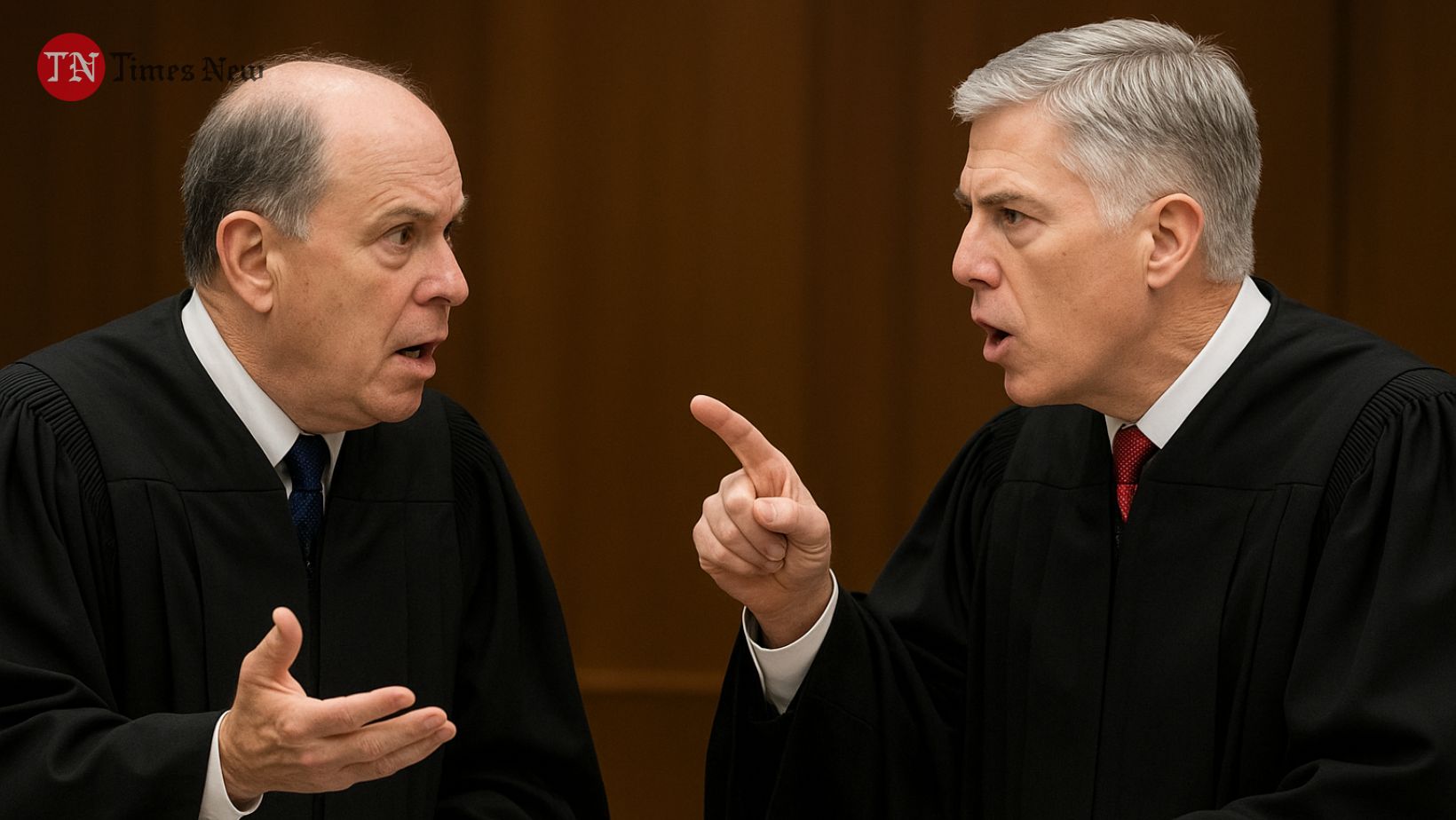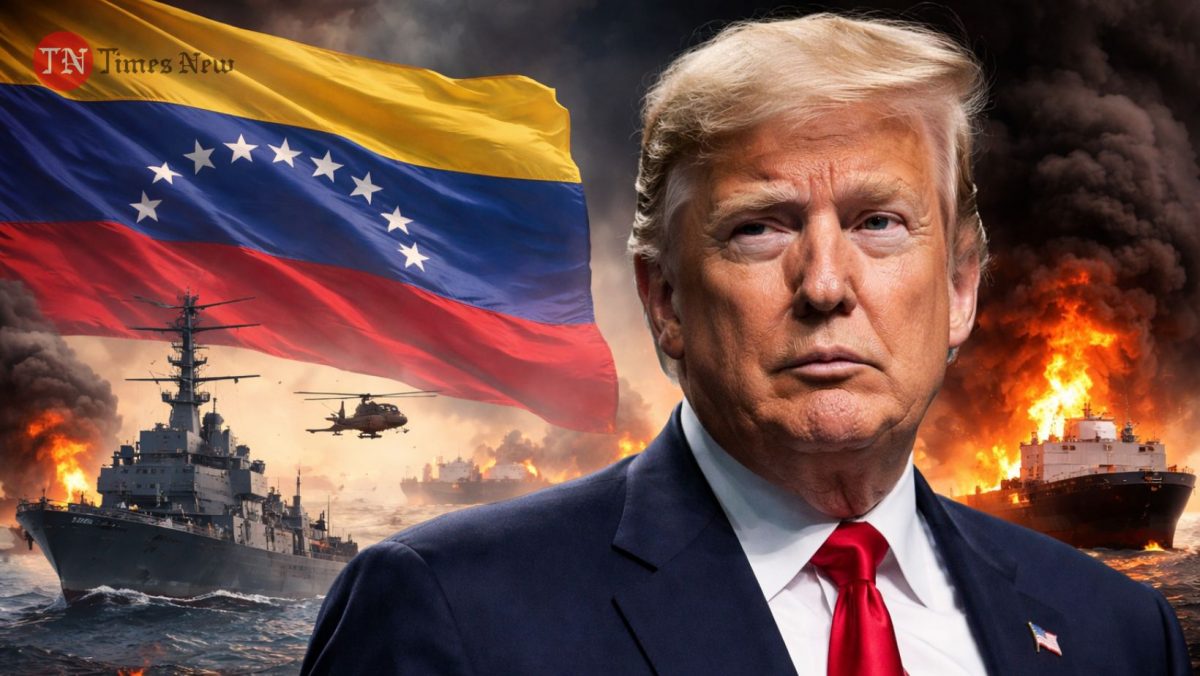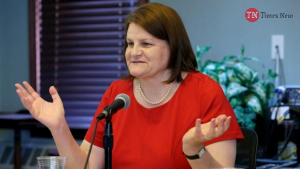
A rare and escalating dispute has erupted within the U.S. judiciary over the Supreme Court’s increasing use of the “shadow docket” to issue emergency rulings that largely favor President Donald Trump’s administration. Since Trump returned to office in January, the court has acted on 24 of 25 emergency applications, siding with him entirely or in part in 21 cases. These rulings, often unsigned and lacking detailed reasoning, have allowed the administration to advance contentious policies on immigration, federal grants, and diversity initiatives that lower courts had previously blocked.
Frustration is mounting among judges whose rulings have been overturned without explanation, leaving them uncertain about how much of their injunctions remain valid. U.S. District Judge Allison Burroughs, for instance, criticized the Supreme Court’s lack of clarity in a recent Harvard funding case, while other judges have openly questioned the precedential weight of shadow docket orders. Some, like Judge John Woodcock Jr., argue the rushed rulings have limited value due to the absence of full hearings or briefings.
The debate intensified when Justice Neil Gorsuch, joined by Justice Brett Kavanaugh, rebuked several lower court judges, insisting that even shadow docket orders carry the weight of precedent. Burroughs called Gorsuch’s remarks “unhelpful and unnecessary,” while longtime Judge William Young said it was the first time in his 47-year career he had been accused of defying the Supreme Court. Legal experts warn that such public clashes risk deepening perceptions of partisanship within the judiciary, already fueled by Trump’s combative rhetoric against judges who rule against him.
Pic Courtesy: google/ images are subject to copyright









